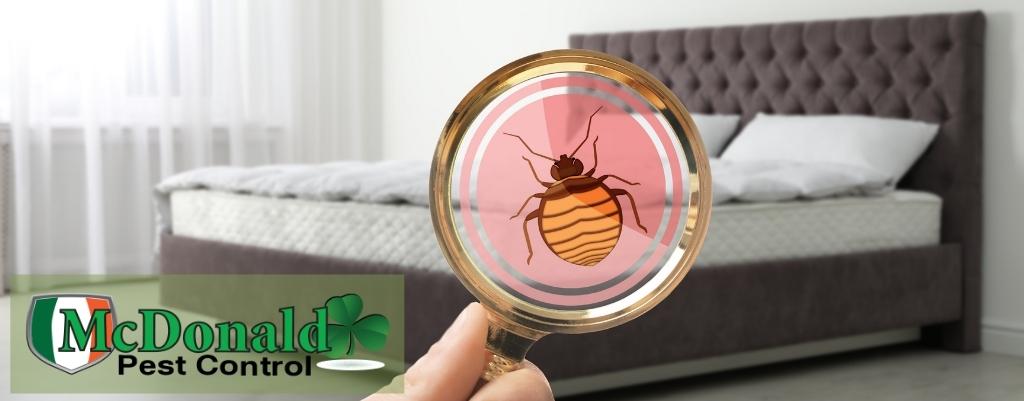Some Known Details About Bed Bug Services
The Of Bed Bug Services
Table of ContentsExcitement About Bed Bug ServicesBed Bug Services - An OverviewThe Facts About Bed Bug Services Uncovered
Heat treatment is a highly effective solutions for eliminating bed bugs from residences and businesses. Unlike chemical sprays that require repeated applications, thermal methods penetrates all areas where bed bugs hide, destroying all stages of the infestation in a single session. Understanding how this process works can help residents make confident choices.The mechanics of heat treatment is well-studied and reliable. Bed bugs cannot survive when sustained heat is applied. Studies show that temperatures around 122°F (50°C) can kill bed bugs. To ensure complete elimination, professionals usually maintain higher temperatures so that even hard-to-heat areas reach lethal levels. Maintaining high temperatures long enough guarantees that every hiding place is affected.

Bed Bug Services - The Facts
When technicians begin the treatment, they use specialized heat equipment along with high-velocity fans to move heat into hidden areas. Rather than immediately blasting heat, the process starts slowly, avoiding potential warping and ensures bugs cannot hide.

After the treatment, the space begins cooling and the area is left to naturally cool. Many companies perform post-treatment inspections and provide documentation showing that the process was thorough and successful. This documentation offers peace of mind and demonstrates a thorough job.
Heat treatment has unique benefits. It is chemical-free, which is ideal for families and those with health concerns. It is often a one-day solution, allowing businesses to reopen promptly - Bed Bug Services. Heat also reaches deep into furniture, walls, and other hidden areas. Unlike some methods, it kills all stages of bed bugs at once, preventing the need for repeated visits
Little Known Facts About Bed Bug Services.
While highly effective, heat treatment requires careful consideration. It can be a higher upfront investment, particularly in big homes. Reinfestation is possible if new bugs enter, so preventive measures are crucial. Certain items go to this site may warp or melt under heat, and in multi-unit housing, supplementary treatments can be recommended.
Many professionals recommend combining heat treatment with post-treatment monitoring or residual applications to prevent reinfestation. Monitoring tools and targeted insecticides can help verify the treatment’s success.
After treatment, ongoing vigilance matters. Regular inspections of living spaces help here catch early signs of activity. Mattress and box spring encasements trap bed bugs, while limiting hiding spots can minimize future infestations. Being cautious with secondhand furniture or travel luggage is also important to prevent bed bugs from returning.
Heat treatment remains the gold standard for moderate to severe bed bug infestations. It provides a fast, eco-friendly, and thorough solution that removes pests completely. When managed carefully, it ensures complete eradication without the lingering effects of chemicals, allowing residents or business owners to return to normal life.